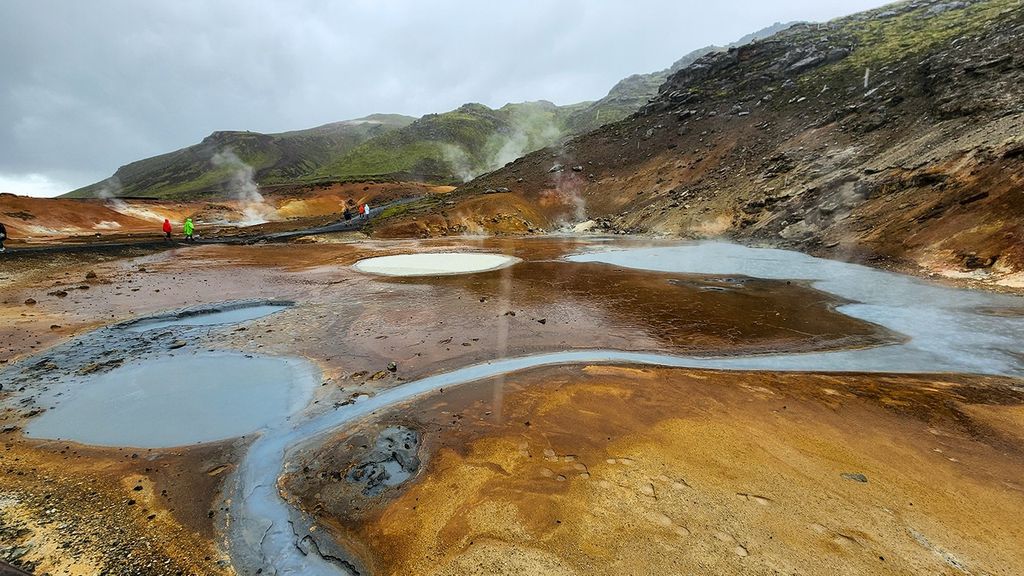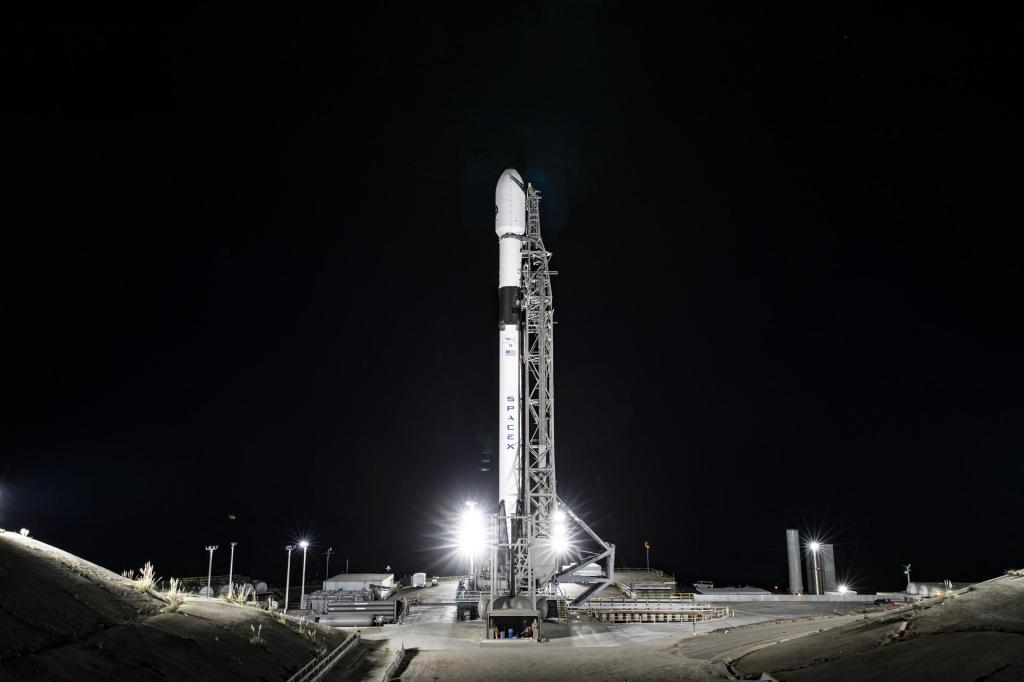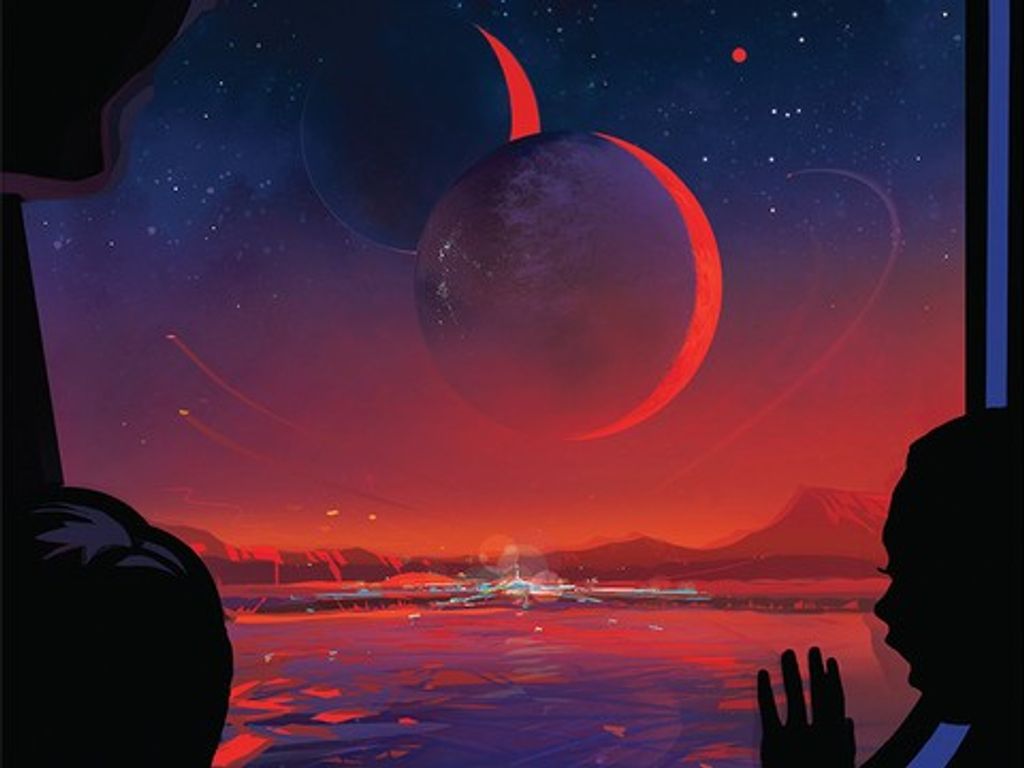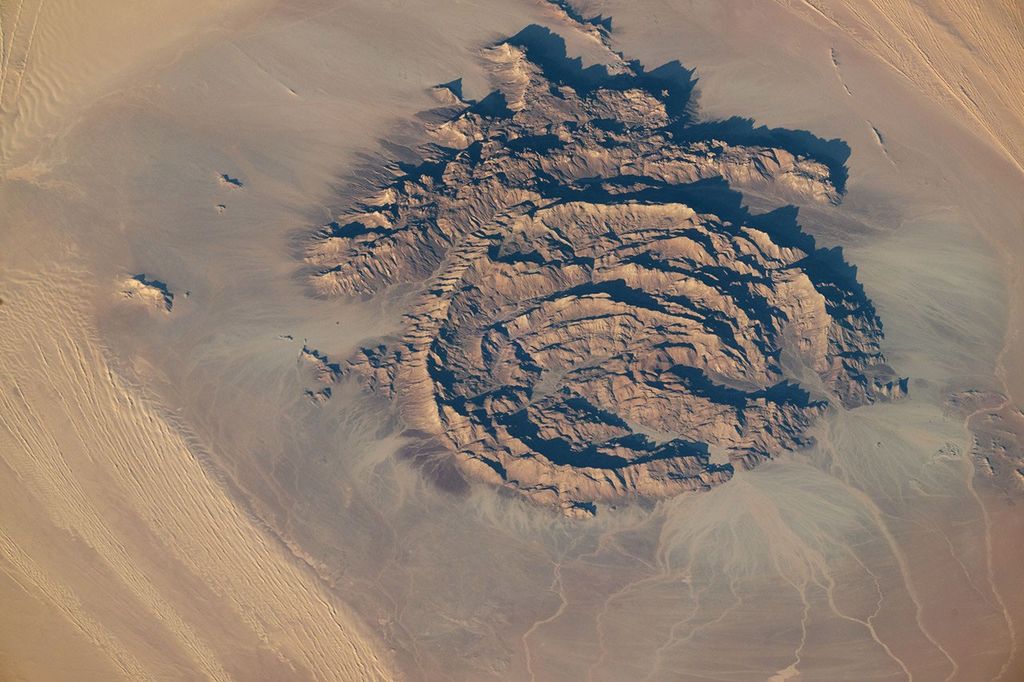1 min read
Movies from Hubble Show the Changing Faces of Infant Stars
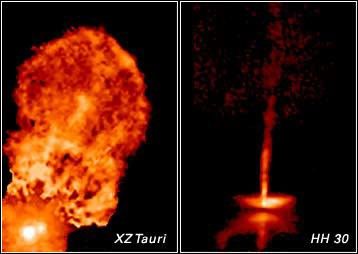
Time-lapse movies made from a series of pictures taken by NASA's Hubble Space Telescope are showing astronomers that young stars and their surroundings can change dramatically in just weeks or months. As with most children, a picture of these youngsters taken today won't look the same as one snapped a few months from now. The movies show jets of gas plowing into space at hundreds of thousands of miles per hour and moving shadows billions of miles in size.
The young star systems featured in the movies, XZ Tauri and HH 30, reside about 450 light-years from Earth in the Taurus-Auriga molecular cloud, one of the nearest stellar nurseries to our planet. Both systems are probably less than a million years old, making them relative newborns, given that stars typically live for billions of years. Hubble's Wide Field and Planetary Camera 2 first observed them in 1995. Those views were so intriguing that additional images were taken in 1998, 1999, and 2000. The pictures were then combined into movies that document startling activity in the early stages of a star's life.
Stars form in clouds of gas and dust that collect into a swirling disk. Outflows of gas, like the bubbles and jets seen in these images, occur when some of the material feeding the infant star from the surrounding disk is diverted away by the star's magnetic field and accelerated out its magnetic poles. These outflows are often squeezed into narrow jets that can extend many light-years away from the star. Such outflows are a common and natural result of stellar birth.
About the Object
- ConstellationConstellationOne of 88 recognized regions of the celestial sphere in which the object appears.Taurus
About the Data
- Data DescriptionData DescriptionProposal: A description of the observations, their scientific justification, and the links to the data available in the science archive.
Science Team: The astronomers who planned the observations and analyzed the data. "PI" refers to the Principal Investigator.Hubble Space Telescope WFPC2 Imaging of XZ Tauri: Time Evolution of a Herbig-Haro Bow Shock: Krist, et. al., ApJ 515 L35 (1999) A Variable Asymmetry in the Circumstellar Disk of HH 30: Stapelfeldt, et. al., ApJ 516 L95 (1999) - InstrumentInstrumentThe science instrument used to produce the data.HST>WFPC2
- Exposure DatesExposure DatesThe date(s) that the telescope made its observations and the total exposure time.1995, 1998, and 2000
- Object NameObject NameA name or catalog number that astronomers use to identify an astronomical object.XZ Tauri, HH 30
- Release DateSeptember 21, 2000
- Science ReleaseMovies from Hubble Show the Changing Faces of Infant Stars
- CreditXZ Tauri Credits: NASA, John Krist (Space Telescope Science Institute), Karl Stapelfeldt (Jet Propulsion Laboratory), Jeff Hester (Arizona State University), Chris Burrows (European Space Agency/Space Telescope Science Institute) HH 30 Credits: NASA, Alan Watson (Universidad Nacional Autonoma de Mexico, Mexico), Karl Stapelfeldt (Jet Propulsion Laboratory), John Krist (Space Telescope Science Institute) and Chris Burrows (European Space Agency/ Space Telescope Science Institute)
Related Images & Videos
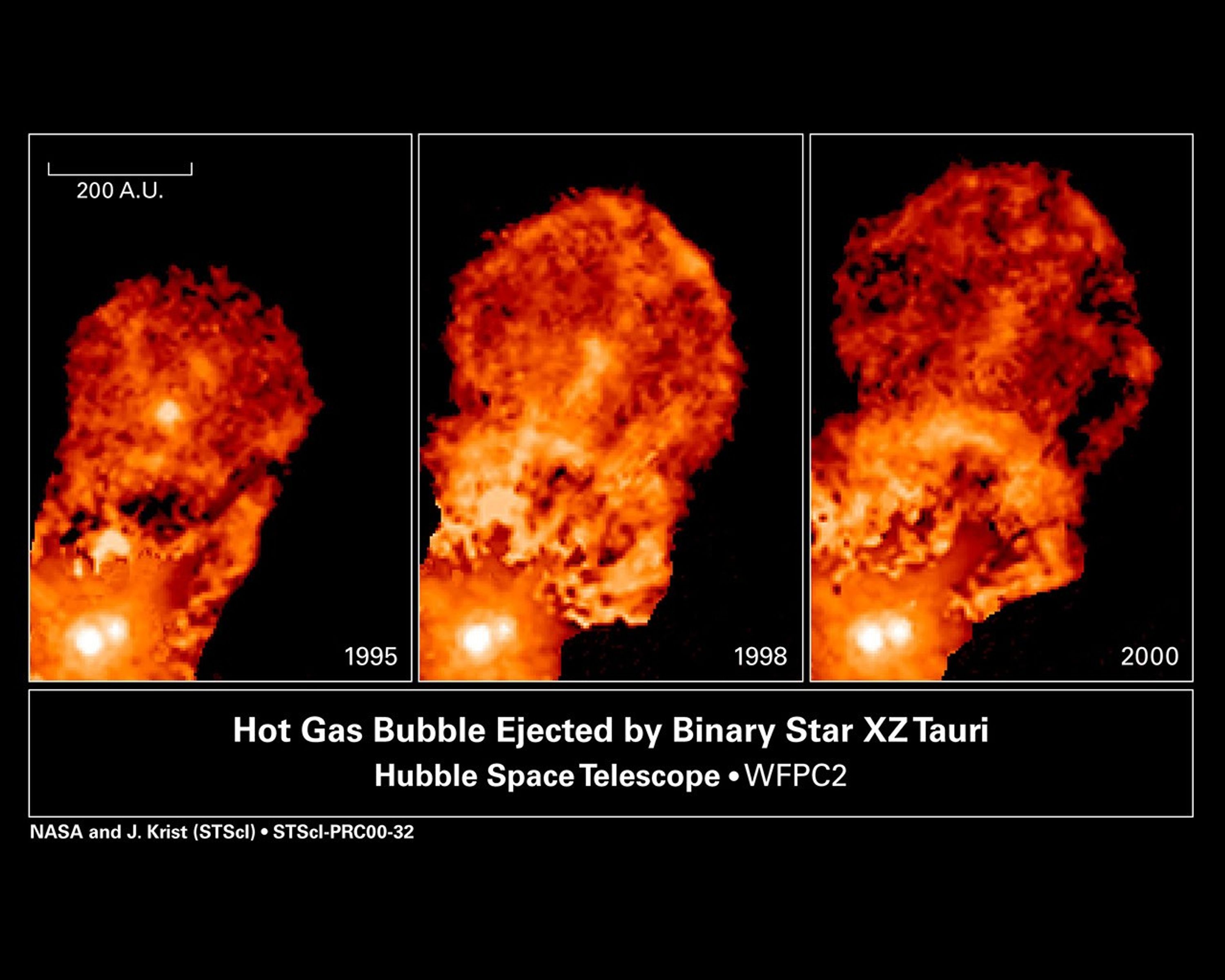
Hot Gas Bubble Ejected by Young Binary Star System XZ Tauri
These images taken with the Hubble Space Telescope's Wide Field and Planetary Camera 2 reveal the evolution of bubbles of glowing gas being blown out from the young binary star system XZ Tauri. Gas from an unseen disk around one or both of the stars is channeled through magnetic...
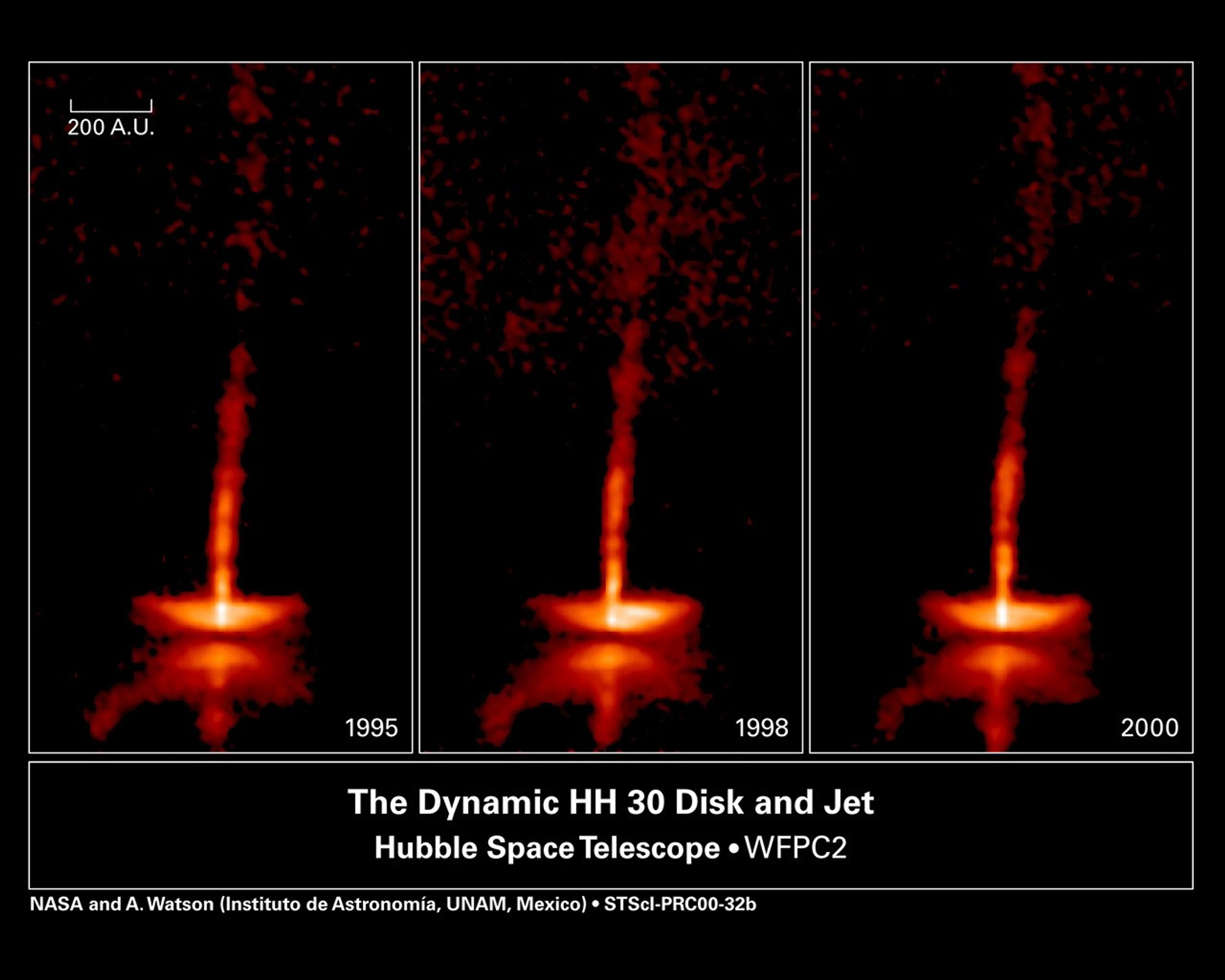
Young Star HH30's Dynamic Disk and Jets
These images of HH 30 show changes over only a five-year period in the disk and jets of this newborn star, which is about half a million years old. The pictures were taken between 1995 and 2000 with the Wide Field and Planetary Camera 2 aboard NASA's Hubble Space Telescope....
Share
Details
Claire Andreoli
NASA’s Goddard Space Flight Center
Greenbelt, Maryland
claire.andreoli@nasa.gov








